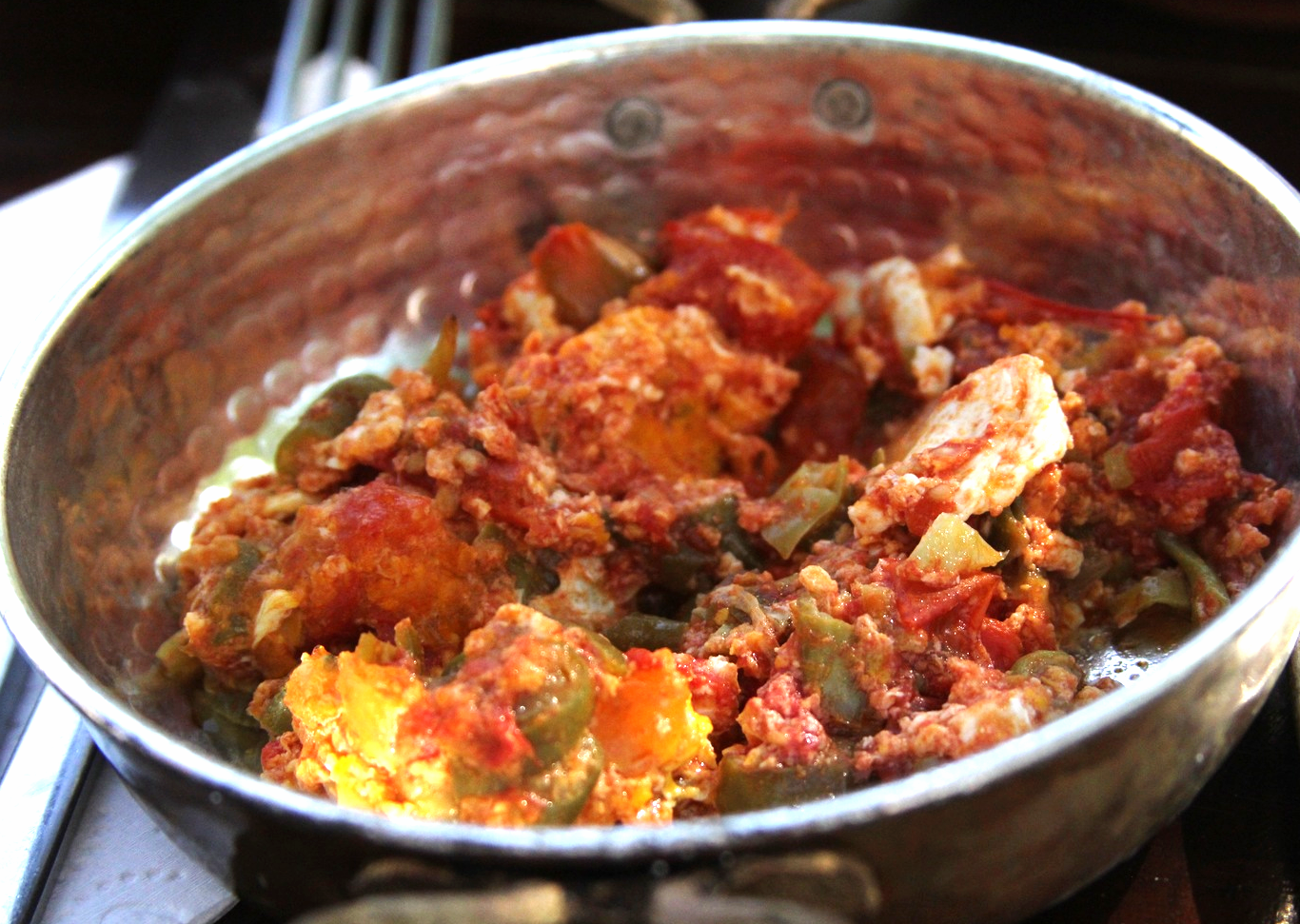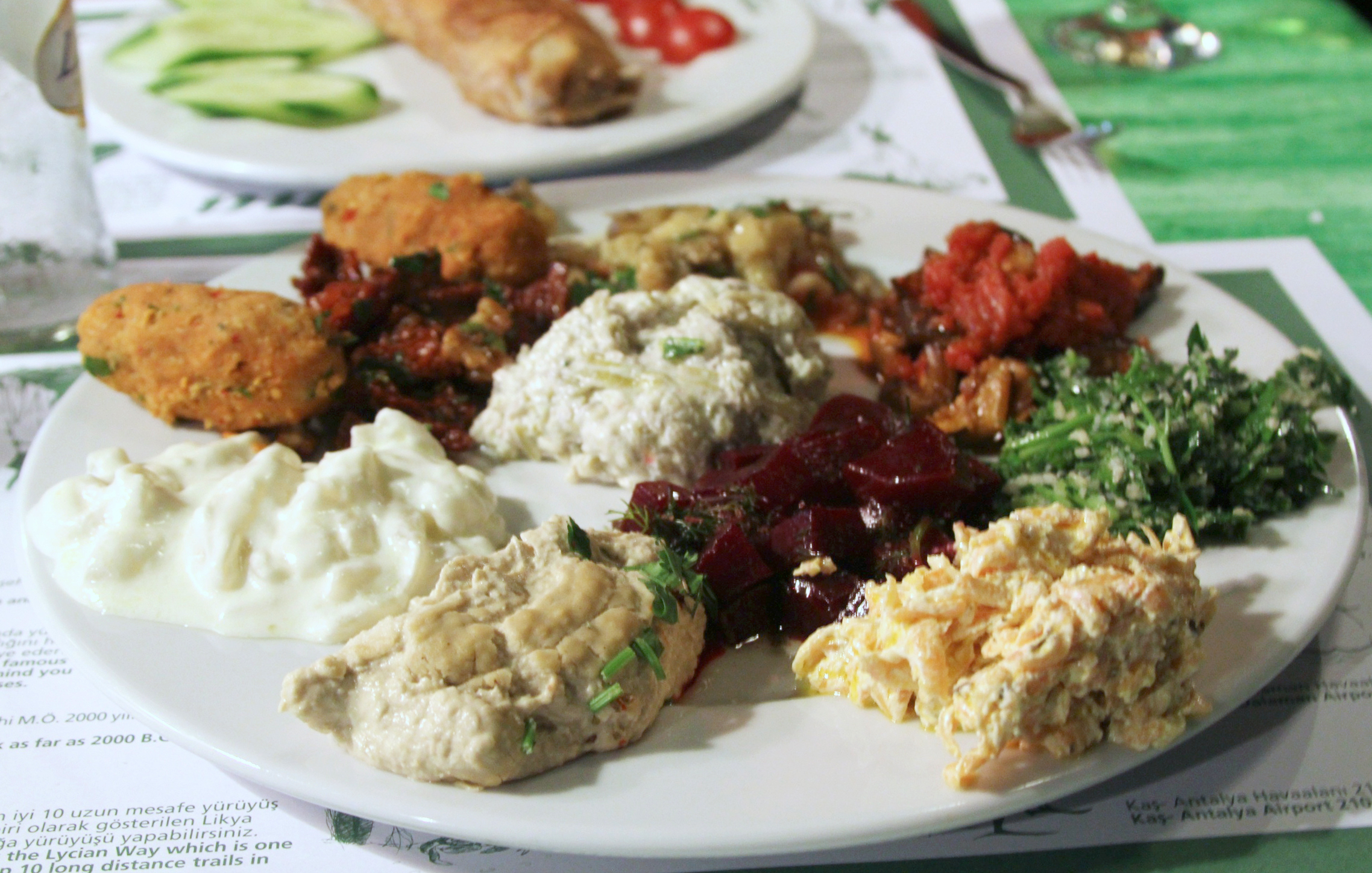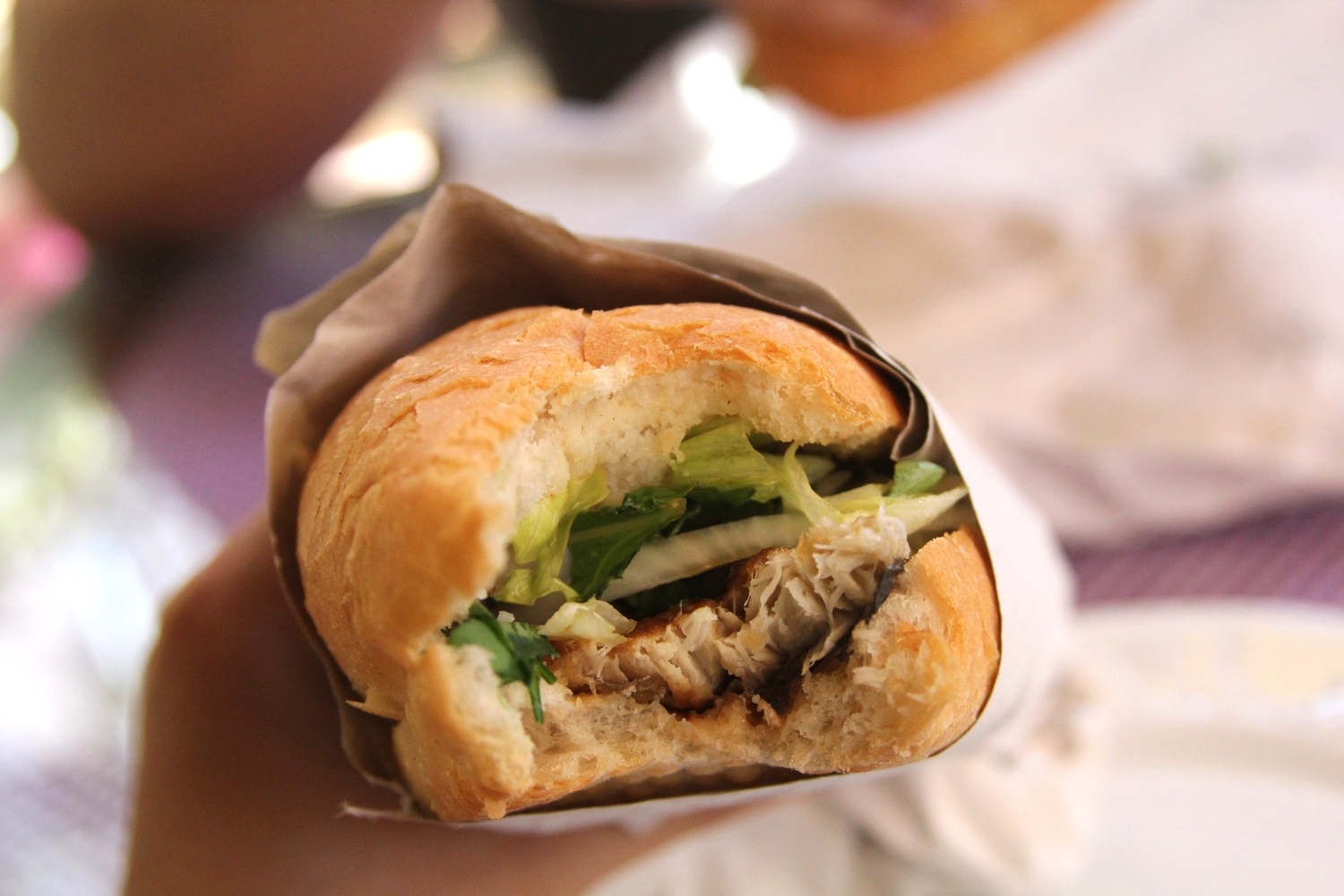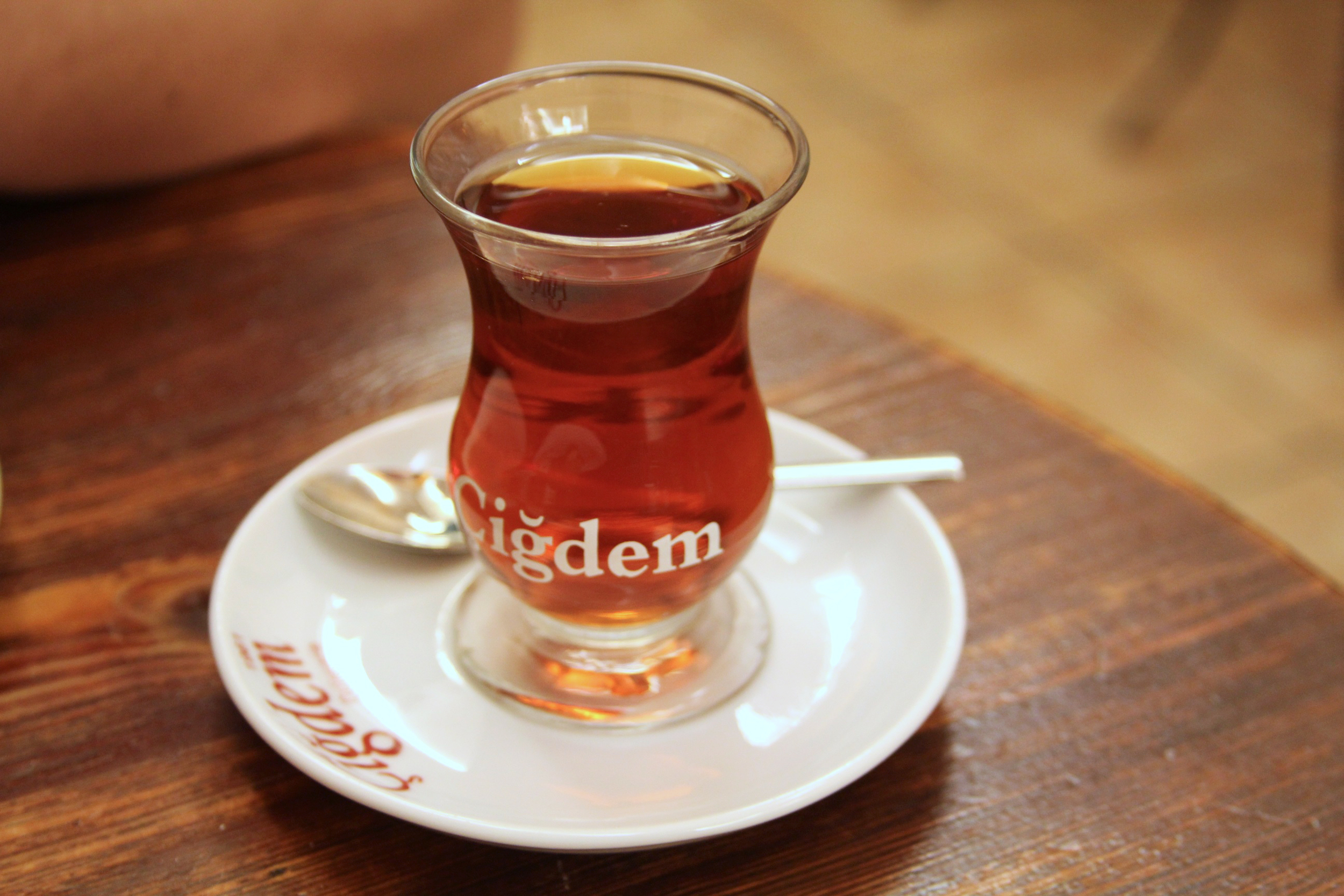Between the journey to Turkey and the last-minute trip to New Orleans, the last couple of months have been a blur (read: no September fixations post). But not to worry: I have more than enough things I'm fawning over this month to make up for that. Here are a few I can't stop thinking about.
New Orleans. "I hate New Orleans," said no food lover EVER. My first trip to NOLA couldn't have been more of a revelation. It's a city full of soul, and you can taste every bit of that in the food. (Pictured above: chicory coffee and beignets from the iconic Café du Monde. Not pictured: the snowfall of powdered sugar that was all over my shirt when I finished eating them.)
Next Issue. This is an incredible magazine subscription service for digital devices. For $9.99 a month (less than the cost of a cocktail!), you get access to 135 different magazines, including their back issues. Spend $5 more and you'll be able to read more magazines, including weeklies like The New Yorker. Just about every periodical I want to read is at my fingertips (so far, the only mass-market magazine I haven't been able to access through is Martha Stewart Living). It's a fantastic way for a magazine obsessive like myself to keep up with issues without accruing clutter. Best of all, you can try it for 60 days free.
Jeff Mason's "Kinda Niçoise" sandwich. Jeff Mason recently moved his sandwich pop-up, Pal's Takeaway, to a new location in the Mission, but it's just as good as ever. If you spot his Kinda Nicoise sandwich ($11) on the menu, don't think: JUST GET IT. To me, a Niçoise salad, with its lettuce, tomato, and lean tuna, is anything but comforting to me. But this sandwich is different — the ingredients are top-notch fresh, yet the dish doesn't feel precious, and it feels transporting, as if you'd be eating it in some European café. The Josey Baker bread, cold-poached albacore, homemade mayo, and creamy hard-boiled egg get me every time.
Brian McBride's pickled farmstand tomatoes. I made these years ago for YumSugar and recently rediscovered them. They're more complex than any other pickle I've ever had, thanks to the addition of cumin, mustard seeds, turmeric, cayenne, and brown sugar. It's the perfect way to make the most of any very-last-of-the-season tomatoes.
Pho. I'm going through a pho phase (a phose?) and can't stop, won't stop. I'll take it with rare steak, gelatinous tendon, or even vegetarian (the New York Times has a wonderful meatless pho recipe). Ah, the spiced broth, the sweet, anise-y Thai basil, the crunch from mung bean sprouts, which I usually hate but love in this exception... My go-to spots are Soup Junkie for vegetarian pho and Out the Door for clean beef pho. But sometimes you just want a divey bowl, in which case, I head to Good Noodle. (Don't say I didn't warn you about the dive part.) Am always looking for new spots, so if you know of any, chime in!
Cajun boudin. Apologies for the less than appetizing photo, but I'd be remiss if I didn't include Cajun boudin in my roundup of current obsessions. I tried this spicy pork, rice, and vegetable sausage in New Orleans and fell for it, hard. It's creamy and starchy, a meat- and carb-lover's dream. This is Donald Link's version from Cochon, and I will dream of it until I die. It was served with homemade grainy mustard and the crispiest, crunchiest sandwich pickles I've ever had the pleasure of eating. Next time I'm in New Orleans, I'm going to buy as many packs as I can, smuggle them in my carry-on, and eat them in between trips to The Big Easy.
Any objects, food or otherwise, that you're currently smitten with right now? If so, I'd love to hear more about them.



























